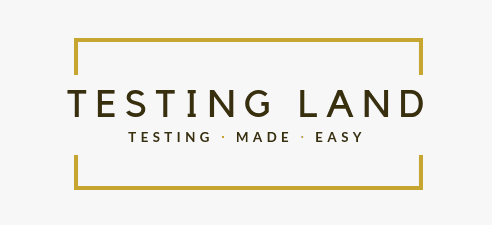Setting Professional Objectives Made Easy

Professional growth.
We're all seeking professional growth and that's because we're all looking to be better than yesterday, smarter than last year and we need to fit that image that we've created in our heads about the future us. Which is fine. But how about the moment when we get stuck and there's no light at the end of the tunnel showing us in which way we should conduct our professional activity?
That's part of my job. Helping people see that light again or creating them the context for finding it.
When it comes to setting up new professional objectives or goals, there are two categories. One category consists of a group of people who know very well the direction they would like to pursue and which are the activities that might worth their time and effort. The other category has the opposite behavior - they don't know exactly what they would like to do, to learn or which is the area they would like to grow.
As you might guess, in this article I'm going to talk about the second category of people.
An important aspect to be kept in mind while setting new professional objectives is that there are two rules good to be followed when defining them:
▪️ to be in line with your company strategic goals
▪️ to map out relevant skills and knowledge for the roles you're having within your company
How it all begun?
While conducting our various discussions about software testing, ones formal and others informal, we had plenty of ideas floating around but no system to centralize, track or prioritize them.
The first thing first was to encourage all the team members (in our case testers) to share with the group any ideas they're having - ideas to improve our current testing processes, technical topics, new types of testing to be addressed, etc. And we ended up having a list of items like metrics in performance testing, risk-based testing and ways to do it, learn to use and read logs with graylog, learn how to mock and create unit tests, visual testing and these are just a few of them (all these topics were strictly related to our context!).
The reporter of each idea was requested to provide as much detail as possible to make it clear for the others too and to ease the process of categorization.
Then it comes to the categorization.
The two categories an idea may fit in are:
▪️ Testing Practice - depending on how it fits into the current testing practice community strategy and company strategy
▪️ Personal - recommendation for personal career development
To ease the process of categorization, any idea proposal should respond to a set of questions:
➡️ does it address a strategic goal of your testing approach, your testing practice community or a company strategic goal with respect to software testing? OR ➡️ does it address an individual development only?
➡️ is it a contribution that will enable further development for the testing practice community or just for an individual?
➡️ does it provide opportunities for collaboration between several individuals? OR ➡️ does it address an individual development only?
➡️ how useful is the skill/knowledge for moving beyond individual contribution?
Depending on the answers to the above questions it is easier to decide which ideas are going in which category.
Why is this approach helpful?
Because when it comes the moment to sit with every employee and help them setting their annual objectives (or depending with which frequency you're setting them in your company) you can go together through the list of all proposed ideas and pick the ones that suit the employee best for both testing practice and personal development perspective.
Hope this model will ease your work with respect to setting your professional objectives!
Photo credit: Steve Halama on Unsplash

